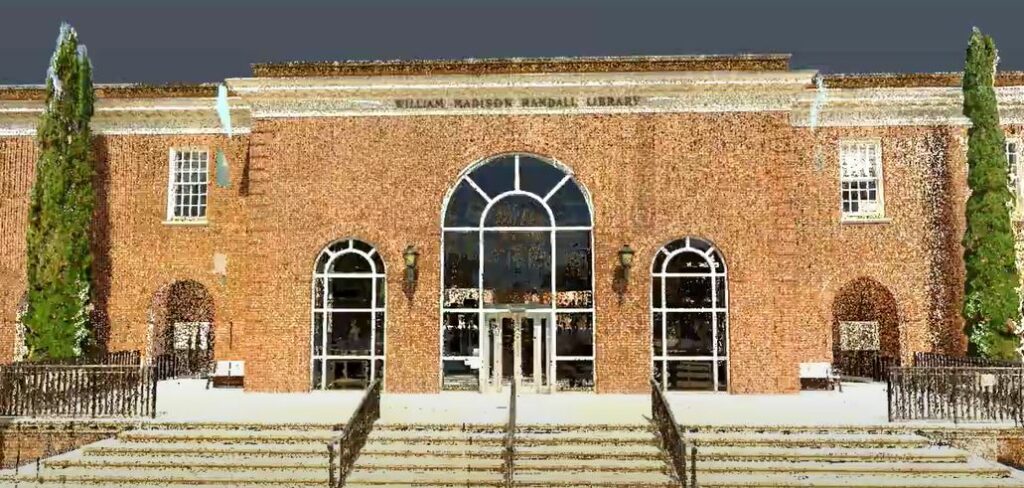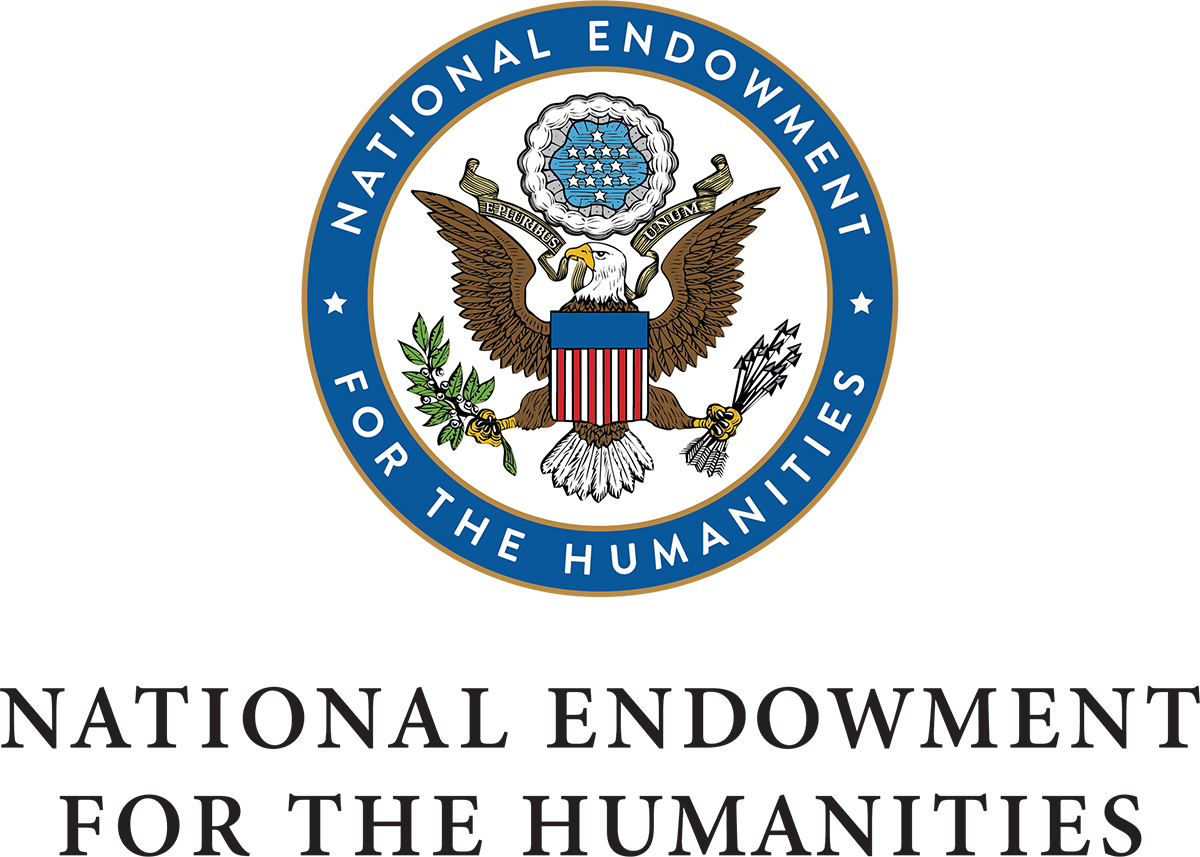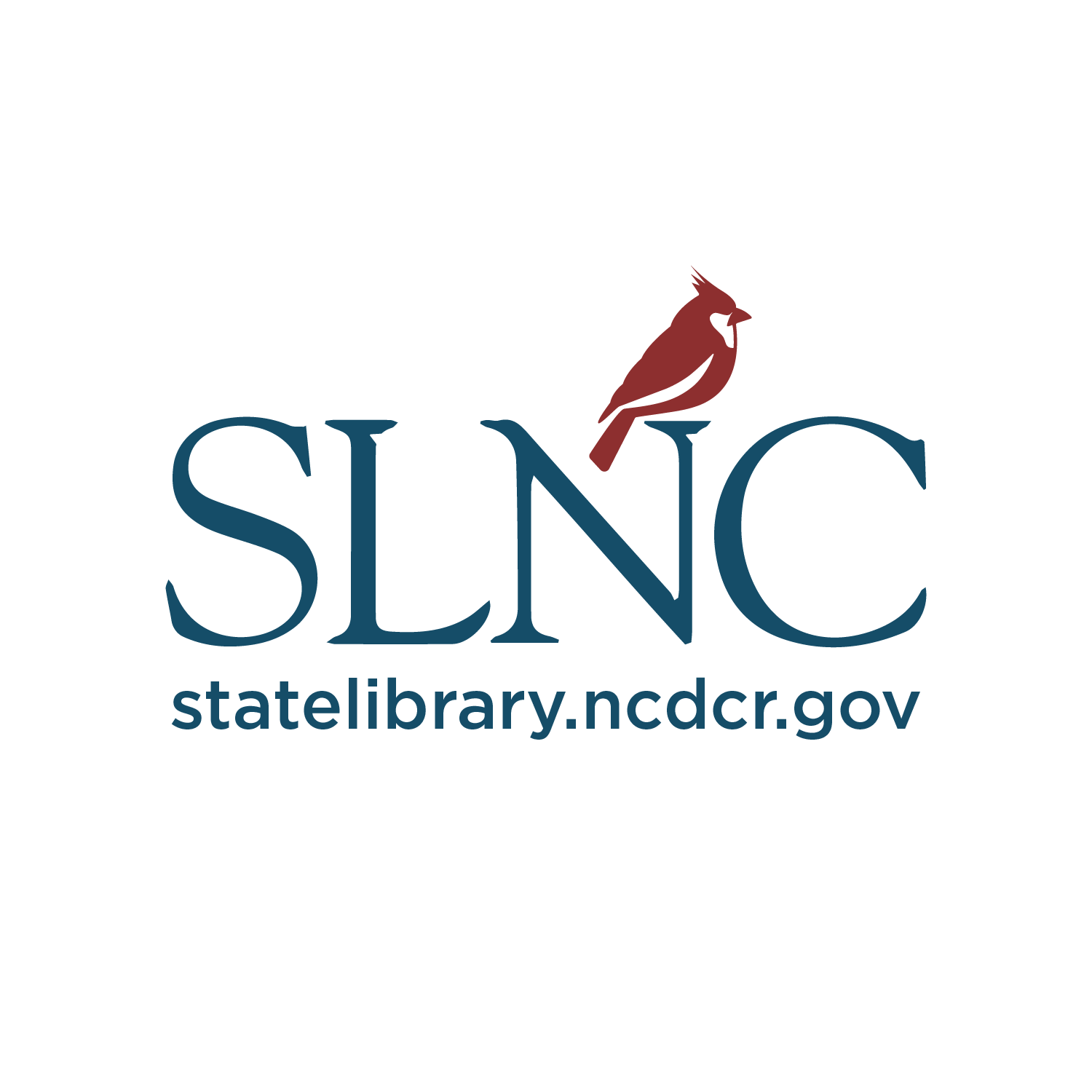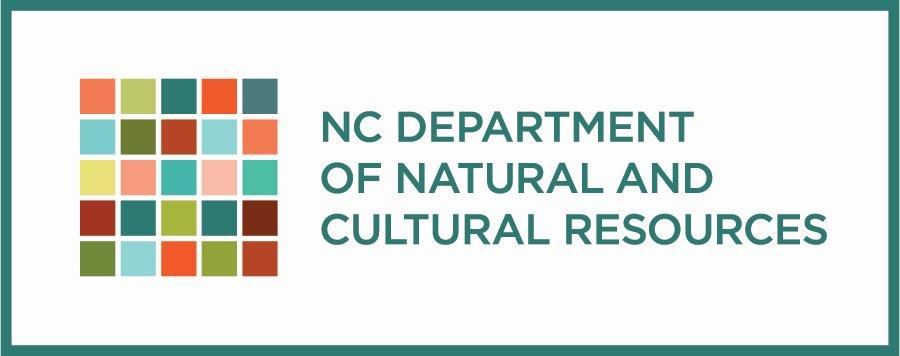In April 2019, Notre Dame Cathedral in Paris caught fire. While the damage was extensive, the reconstruction process was made easier thanks to photos, the detailed recreation captured in the video game “Assassin’s Creed: Unity,” and 3D laser scans documented by art historian Andrew Tallon. These digital resources helped to prove the importance of technology in historical preservation and reconstruction.
In America, a similar thing is happening at the University of North Carolina Wilmington’s William Madison Randall Library. In May of 2022, Randall Library broke ground on a renovation project that will result in an 80,000 square foot expansion. Thinking about how to catalogue change, various departments within the library came together to digitally document the library as it was before construction would change the landscape forever.
In 2022, Randall Library received a grant from North Carolina Humanities for their project, “Historical Preservation in 3D: Documenting the Past with Emerging Technologies”. This grant helped bring a nationally recognized expert from the University of Virginia to Wilmington to help library staff document and digitally preserve the entire exterior of Randall Library.
We connected with John Knox and Ashley Knox of Randall Library to learn more about 3D scanning technology and how digital preservation has impacted historical record-keeping and increased access. The following people helped make this project possible: Jason Fleming, Information Technology Librarian; Ashley Knox, Digital Initiatives Librarian; John Knox, Digital Scholarship Librarian; Cole Morgan, Digital Makerspace Specialist; Allison O’Keeffe, Digital Projects Specialist; and Alyssa Wharton, Digital Makerspace Coordinator.
Tell us about UNC Wilmington’s Randall Library.
Ashley: The Library has so many amazing resources for students, faculty, and the surrounding community. As part of the Library, Digital Initiatives provides online access to materials related to UNC Wilmington and the region. We participate in and support research and teaching by sharing digital access to visual art, artifacts, diaries, letters, newspapers, oral histories, photographs, public records, reports, audiovisual materials, and more. The project we completed with funding from NC Humanities was a partnership between Digital Initiatives and The Digital Makerspace, whose programs encourage faculty to incorporate technology into their course syllabus as well as their own research.
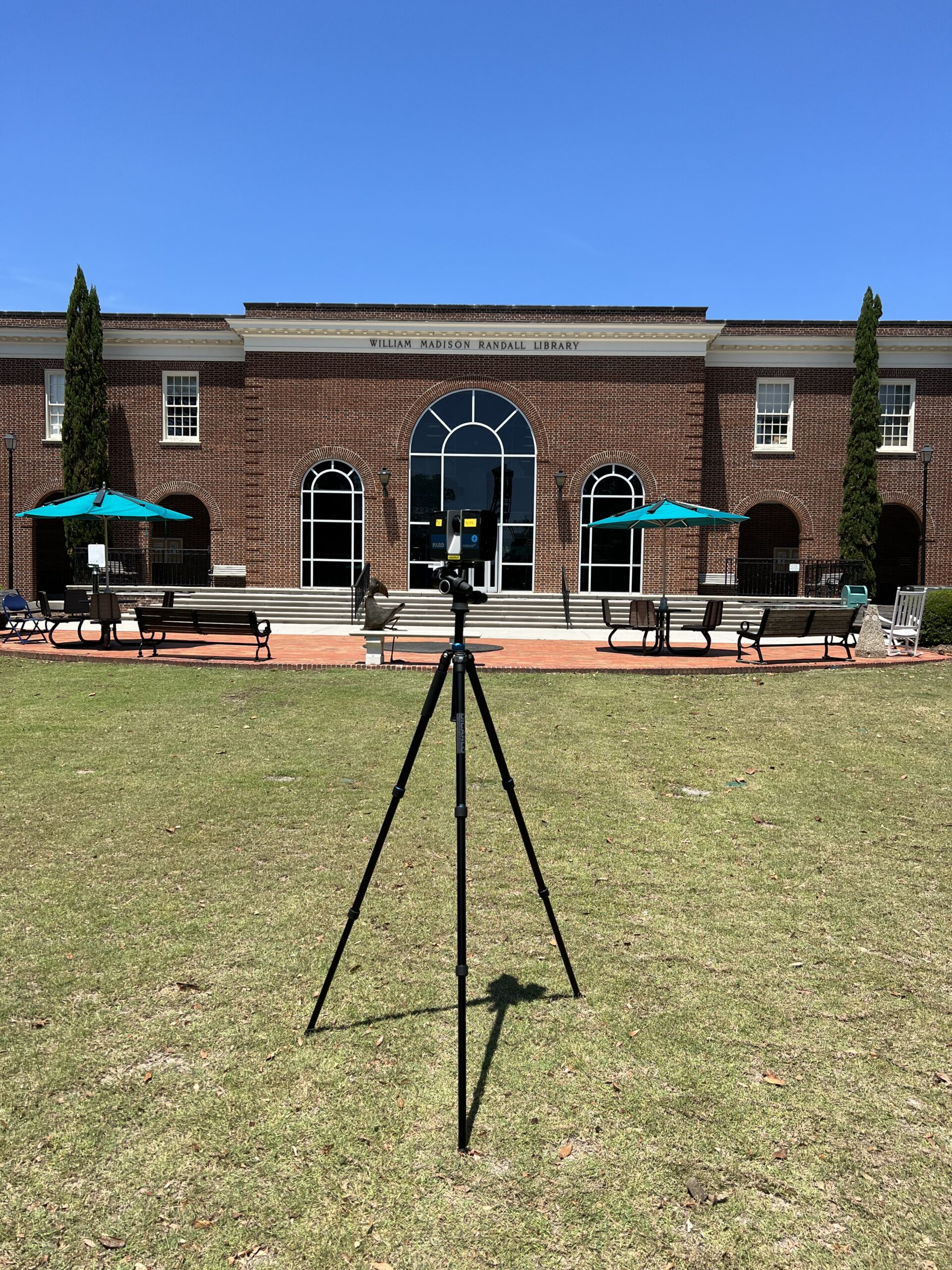 How did this digital preservation project of Randall Library develop? What does it look like today?
How did this digital preservation project of Randall Library develop? What does it look like today?
John: In 2019, we invited speakers from the University of Virginia Scholars’ Lab to Randall Library to talk about their digital humanities work, and later, a group of us visited them in Charlottesville, VA. While we were there, we met Will Rourk, 3D Technologies Specialist, who has experience implementing 3D data technologies in research and curriculum, with a focus on cultural heritage preservation. Will mentioned to us that he used his 3D scanner to scan an old basketball arena on their campus that was being demolished, and that got us thinking. Randall Library was about to go through its own renovation project back in Wilmington, NC. A few months later, we asked Will to come with his scanners to help us document the library and we found a grant from NC Humanities that aligned with our project goals. It took us 3 days to scan and process the data. When we were done, we set up a demo for anyone interested and aware of the project to come and check it out. From the scans we generated a fly through animation. I think people in the library were really surprised that we got that artifact in that quick of a turnaround time! Will showed up on Monday and by Wednesday afternoon we were demonstrating an animation for people in the library! We now have one of these scanners, and we are actively scanning different interior library spaces. I want to give a huge thanks to NC Humanities and the National Endowment for the Humanities for funding this project.
How does 3D scanning work?
John: There are various kinds of 3D scanning technologies that can scan big things like buildings, all the way down to very small things like a figurine. Some scanners are tabletop size and some of them are things like what we used, which is essentially a box on a tripod. As the scanner spins around on top of the tripod, it captures data in 360 degrees. The scanner we used, which is a FARO Focus scanner, can register RGB color values, which is of great value when you think about scanning a historic home or a piece of artwork, for example. The scanner captures data that you can then use to do any number of things, like create a 3D model that you can then print or render in virtual reality like we did.
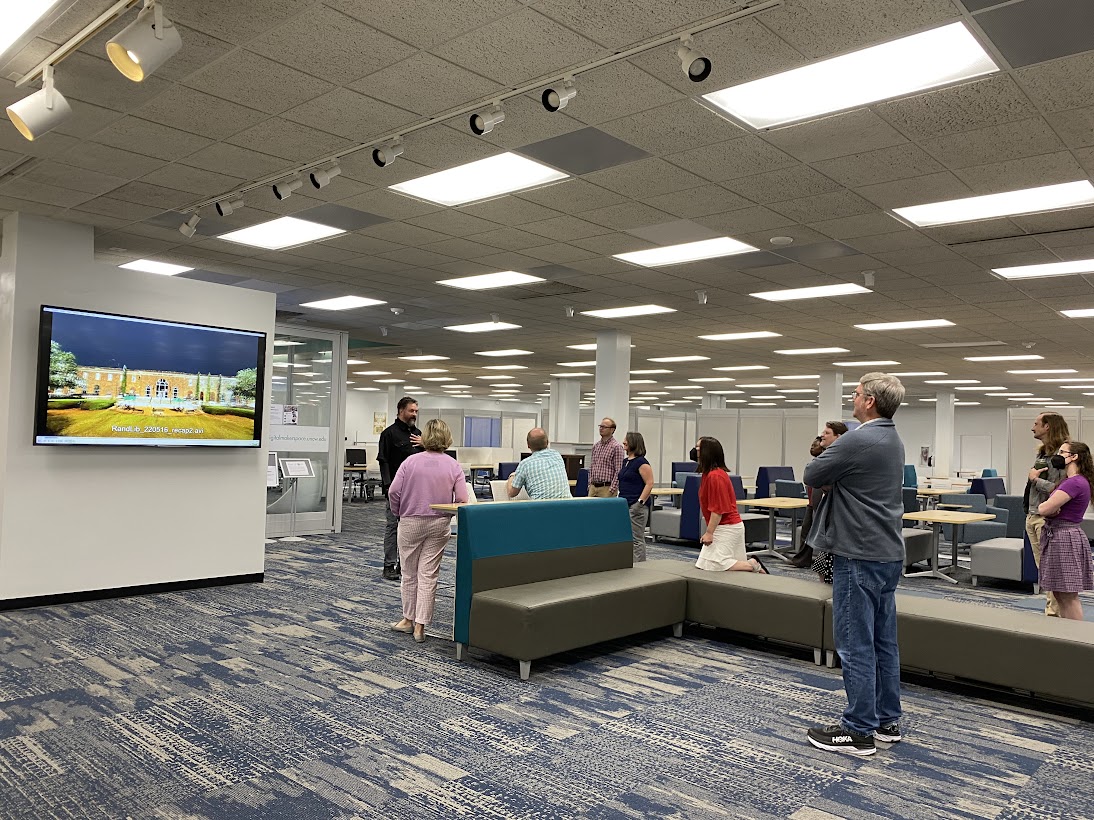 What is the value of digital preservation?
What is the value of digital preservation?
Ashley: Our team would like to expand this program into the region and across the state. Our area holds many project possibilities and potential partnerships. Folks in the Digital Makerspace have many ideas for collaborations right here on campus. We have other faculty interested in this type of work who we are already working with, and it is possible because of the ability to use our already preserved data from Randall Library scans. My pie in the sky idea is to scan a lighthouse! That way, people who can’t physically climb a lighthouse could do it virtually. Accessibility and preservation go hand in hand. I want to keep things like this in existence so that everyone can experience and learn from them for as long as possible.
John: We are very invested in working with local communities to preserve what is important to them. As you know there are a lot of hurricanes in this part of the state, and the damage that a structure can incur as a result is significant. If we can provide digital scanning as a service or collaborate with folks who are interested in doing this work, we can help create a useful preservation record for their site. This technology can also give the public access to sites that have been closed for some time or are no longer safe to enter. I think this type of work encourages folks to think beyond what they have traditionally thought of as historic preservation.
How can people support Randall Library?
John: Please reach out to us or come visit us in Wilmington!
About North Carolina Humanities’ Grantee Spotlights: NC Humanities’ Grantee Spotlights shine a light on the incredible work of our grantee partners, offering details about their funded project, and feature a Q&A with a team member(s) associated with the organization. This interview has been edited for length and clarity.


